Cats are mysterious creatures that have captivated human imagination for centuries. From ancient folklore to modern-day superstitions, numerous myths surround these enigmatic animals. However, science has come a long way in understanding feline behavior and biology, debunking many misconceptions. In this article, we unravel eight common myths about cats and shed light on the truths that science has uncovered.
Myth 1: Cats Are Solitary Animals
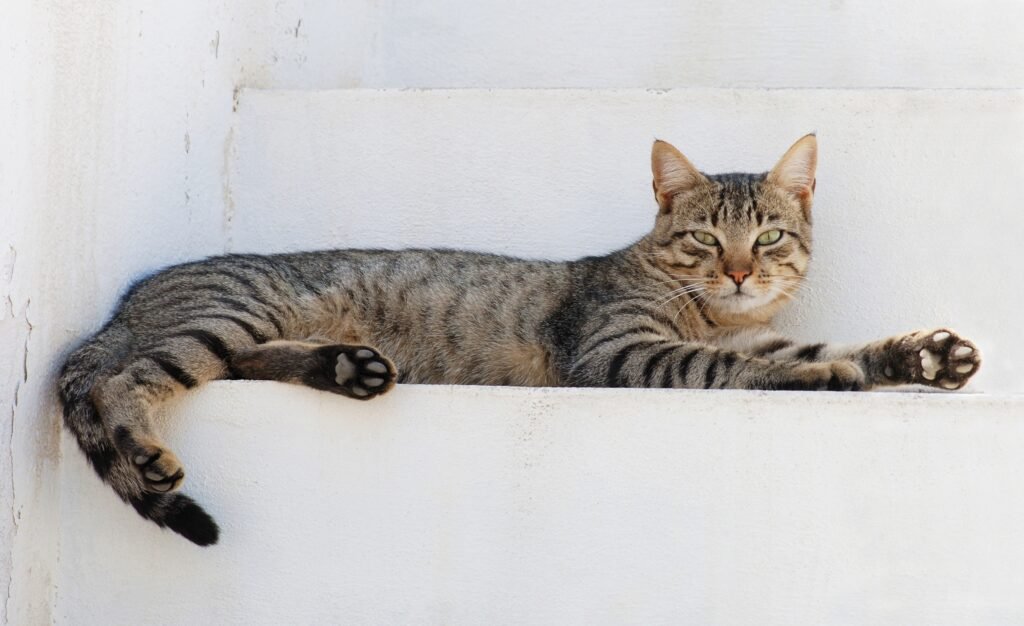
One of the most pervasive myths about cats is that they are solitary creatures who prefer to be alone. While cats do exhibit independent behavior, scientific research shows that they are also social animals. Studies have documented feral cat colonies where cats form complex social structures and even share resources. Domestic cats, too, often seek companionship from both humans and other pets, displaying social behaviors such as grooming and playing.
Myth 2: Cats Have Nine Lives
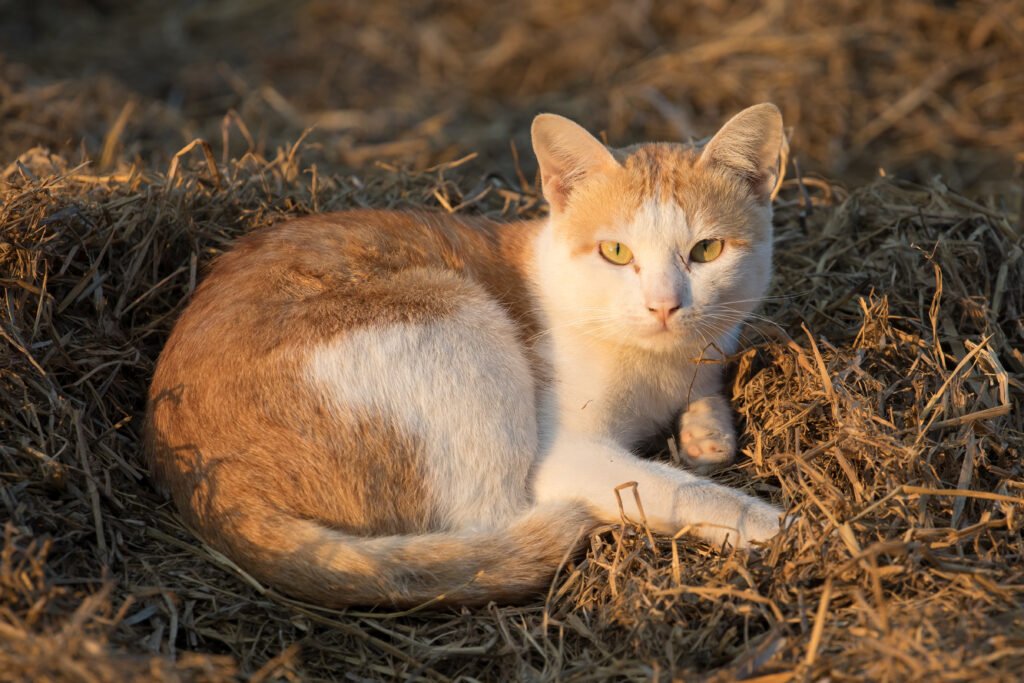
The notion that cats have nine lives is a myth steeped in folklore rather than fact. This belief might have originated from cats’ ability to land on their feet and survive falls from significant heights, known as the “righting reflex.” However, science confirms that cats, like all living creatures, have only one life. While they are agile and resilient, they are still vulnerable to injury and disease.
Myth 3: Cats Are Nocturnal
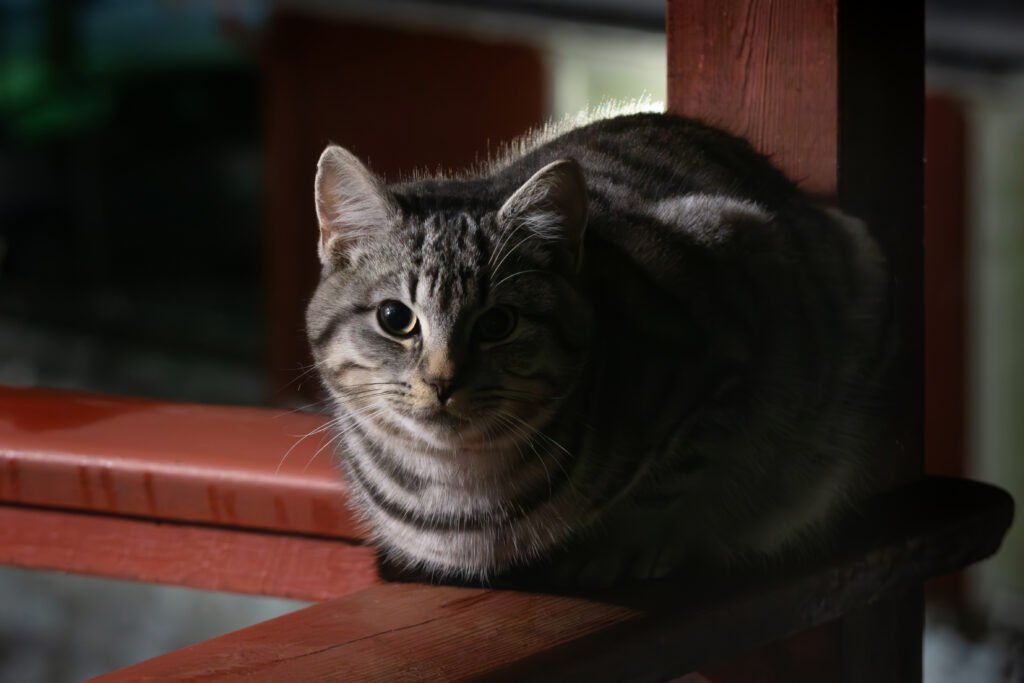
It’s a common misconception that cats are nocturnal animals. In reality, cats are crepuscular, meaning they are most active during the twilight hours of dawn and dusk. This behavior is rooted in their natural hunting instincts, as these times offer the best light conditions to hunt prey efficiently. Understanding this can help cat owners create more suitable environments for their feline pets.
Myth 4: Cats Purring Means They Are Happy
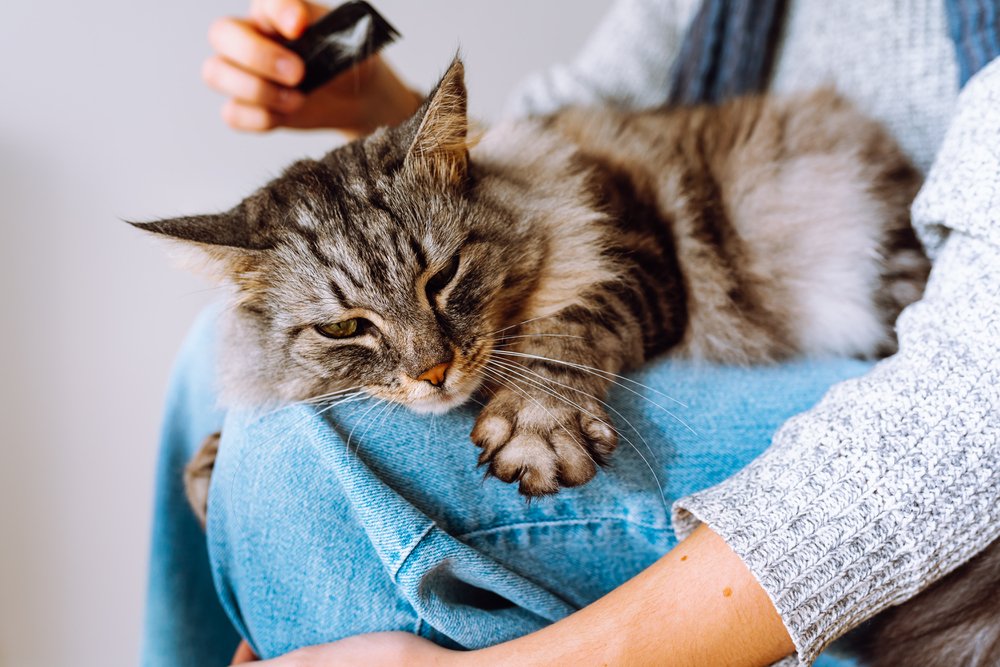
While purring often accompanies a content cat, it’s not solely a sign of happiness. Science reveals that cats purr for various reasons, including self-healing, stress relief, and even communication. Cats may purr when injured or frightened, as the particular vibrations can promote healing and serve as a comforting mechanism. Observing a cat’s overall body language can provide better insight into their emotional state.
Myth 5: Cats Can’t Be Trained
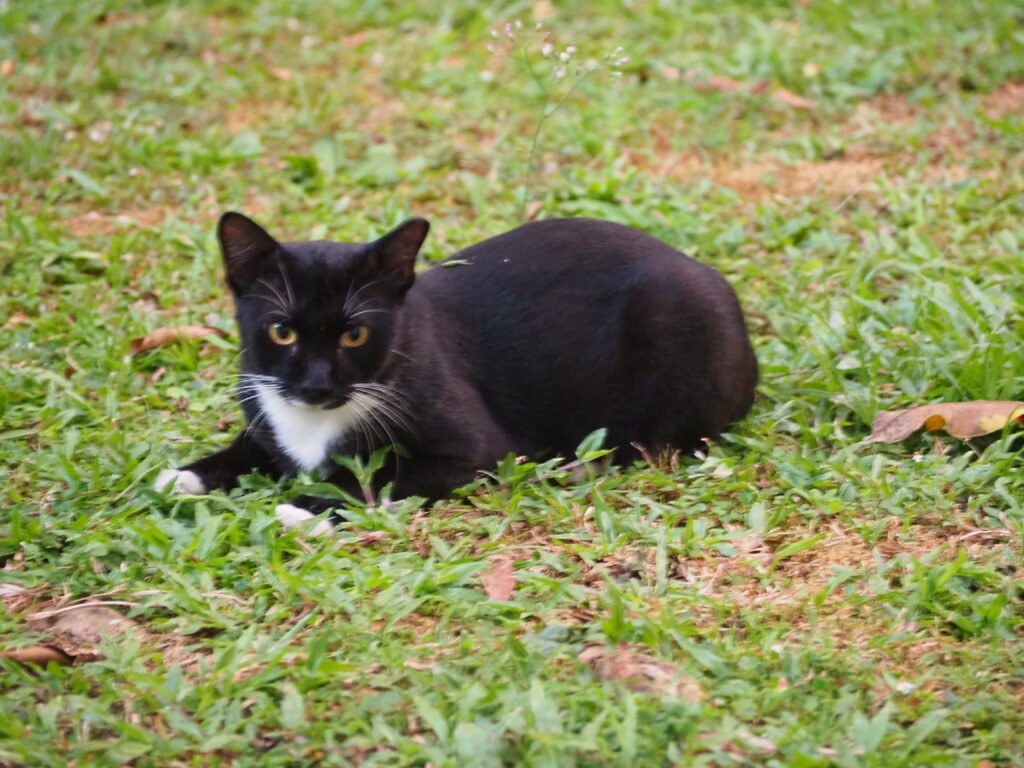
This myth likely arises from cats’ independent nature, but science has shown that cats are indeed trainable. Positive reinforcement techniques, such as treats and praise, are effective in encouraging desired behaviors in cats, much like with dogs. Behavioral research has demonstrated that cats can learn tricks, use litter boxes, and even walk on leashes when trained consistently and patiently.
Myth 6: All Cats Hate Water
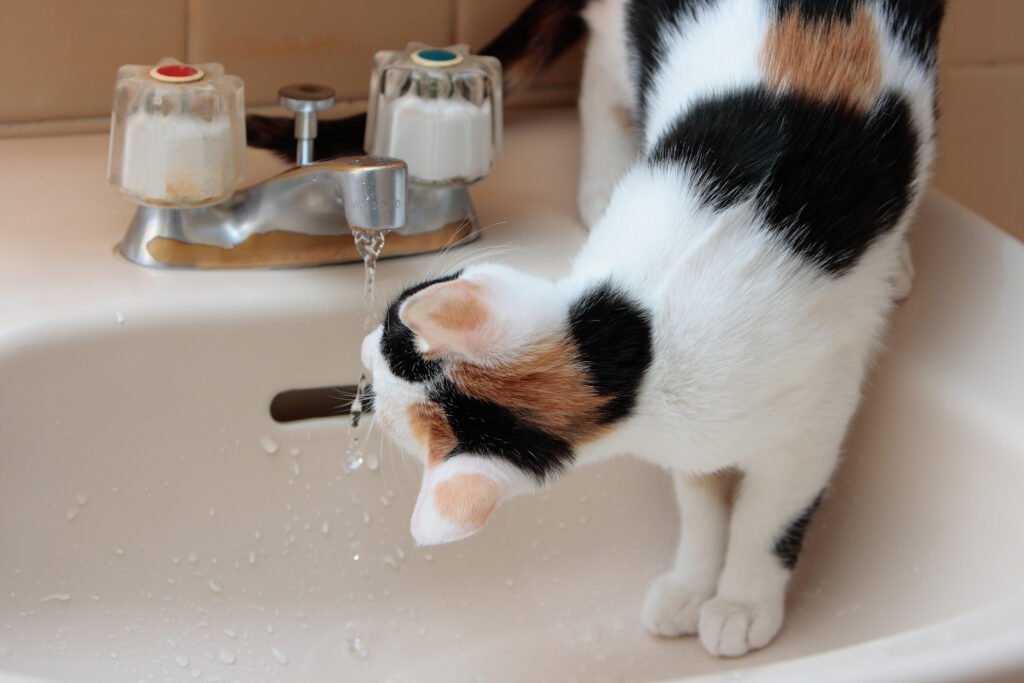
Not all cats detest water; in fact, some breeds and individual cats enjoy it. The Turkish Van, for example, is famously known as the “swimming cat” due to its affinity for water. Studies have shown that a cat’s early exposure to water can significantly influence their attitude toward it. Understanding that this myth doesn’t apply to all cats can encourage owners to introduce water play in a controlled and positive manner.
Myth 7: Cats Only Purr for Humans
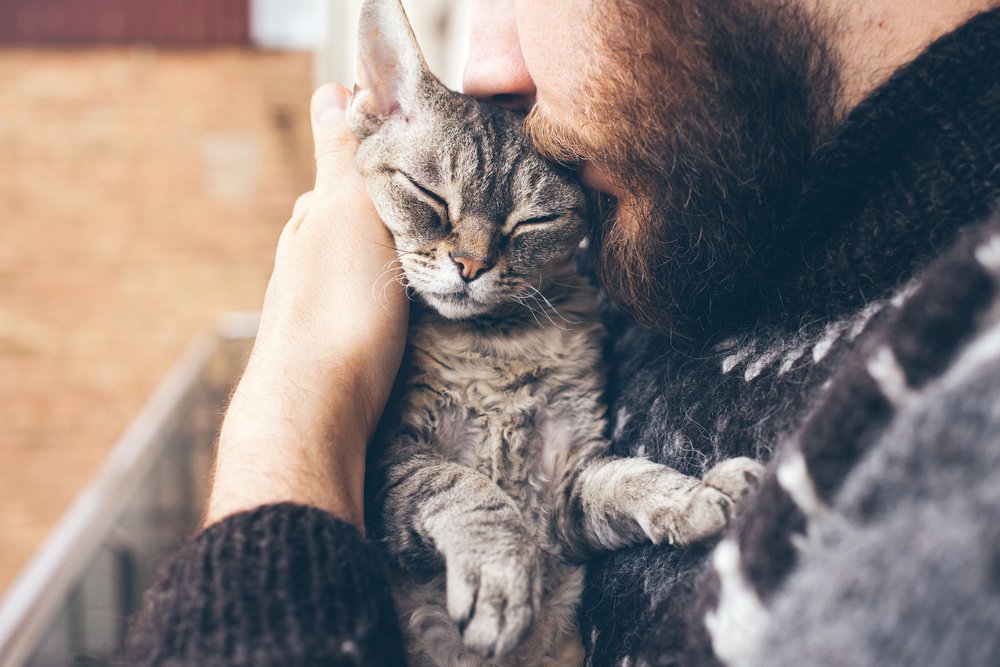
While cats do purr when interacting with humans, this behavior is not exclusive to human-cat relationships. Scientific observations reveal that kittens purr while nursing and adult cats purr in various social situations, including with other animals. Purring is a versatile form of communication that serves multiple purposes beyond human interaction.
Myth 8: Black Cats Are Bad Luck
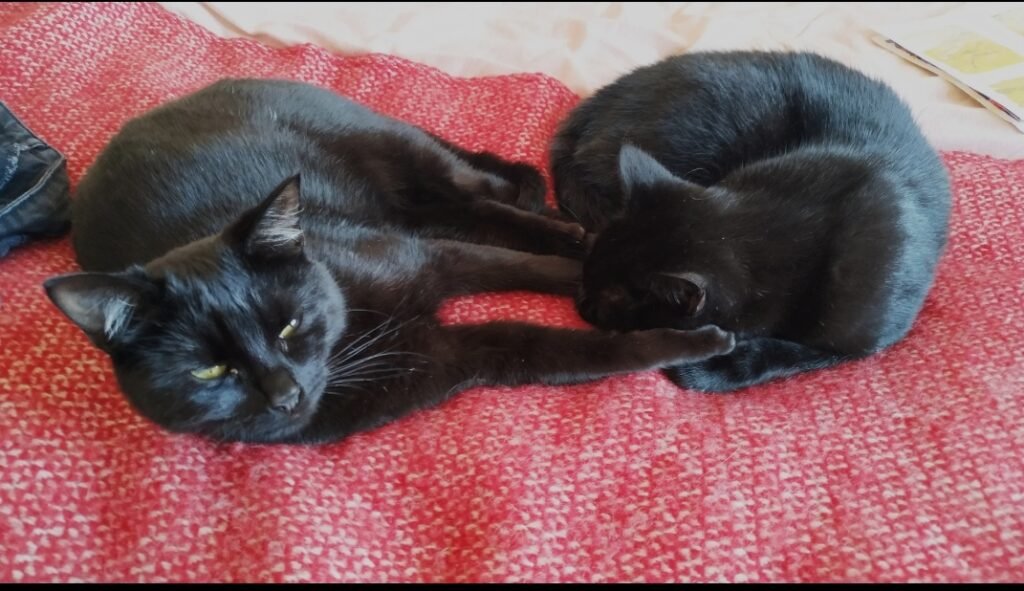
The myth that black cats bring bad luck is rooted in superstition dating back to medieval times. Modern science and studies on animal behavior have found no evidence to support this claim. In fact, genetics determines a cat’s coat color, which has no bearing on its personality or the fortune it brings. Embracing black cats can dispel myths and encourage more adoptions from shelters, where they are often overlooked.
Conclusion
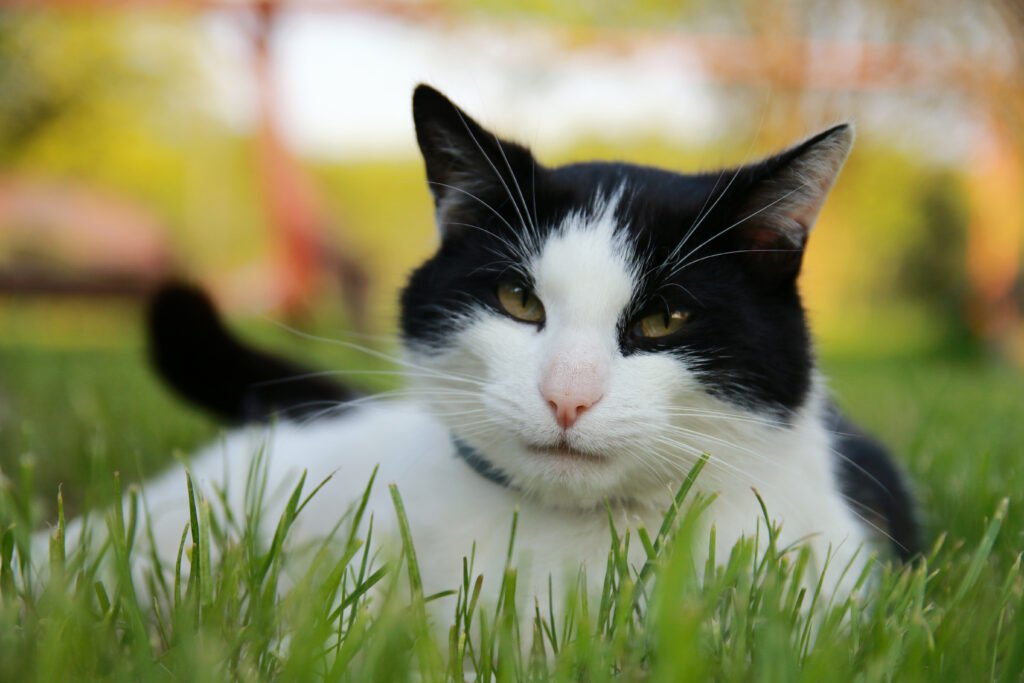
Cats are fascinating creatures with unique behaviors and characteristics that have led to numerous myths and misconceptions over the years. As scientific understanding of these animals grows, many of these myths are being debunked, revealing the truth about our feline companions. By embracing science-based insights into cat behavior and biology, we can better appreciate and care for these intriguing animals while dispelling long-held superstitions.

Esther is from India; the heartbeat of South Asia, holding a Master’s degree in Zoology and a postgraduate diploma in Animal Welfare. Her enthusiasm for animal welfare drives her passion and dedication to work for animals, ensuring their well-being and advocating for their rights. With a solid academic background and hands-on experience, she is committed to making a positive impact in the field of animal welfare. In her free time, she enjoys embroidery and sewing. As a Chennaite from Tamil Nadu, Esther loves Bharathanatyam, an Indian classical dance form.






